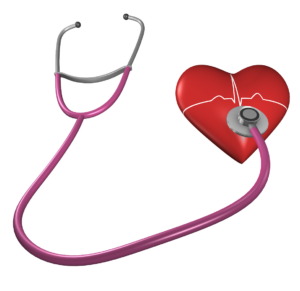 When we think about maintaining good heart health, we often focus on exercise and a balanced diet. But there’s one overlooked hero in the quest to improve heart health – fiber.
When we think about maintaining good heart health, we often focus on exercise and a balanced diet. But there’s one overlooked hero in the quest to improve heart health – fiber.
Fibers are found in foods like whole grain bread, brown rice, oatmeal, vegetables, fruits, beans, nuts, and seeds. It is not digested like other carbohydrates, but instead passes through the small intestine, fermented in the large intestine, and then eliminated. As such, these fibers promote regular, healthy bowel movements.
Eating a high-fiber diet can also help lower your blood cholesterol and blood pressure; and reduce your risk of developing diabetes and heart disease.
Helps lower blood cholesterol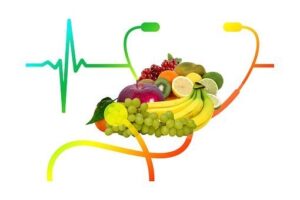
Fiber contributes to cardiovascular health by managing cholesterol levels. High levels of LDL cholesterol can lead to plaque buildup in the arteries, increasing the risk of heart attacks and strokes.
Particularly soluble fiber, has a special power to lower LDL cholesterol. It works by binding to cholesterol molecules in the digestive system and preventing them from being absorbed into the bloodstream. It then helps excrete them from the body.
Foods rich in soluble fiber like oats, beans, apples, pears, and citrus fruits can be particularly effective at lowering LDL cholesterol. Low LDL levels help reduce the risk of atherosclerosis (hardening of the arteries), keeping blood flowing smooth and heart health intact.
Helps regulate blood pressure
 In addition to cholesterol management, fiber plays a critical role in regulating blood pressure. Studies have shown that a high-fiber diet is associated with lower blood pressure levels.
In addition to cholesterol management, fiber plays a critical role in regulating blood pressure. Studies have shown that a high-fiber diet is associated with lower blood pressure levels.
Short chain fatty acids made during the fermentation of fibers in the gut along with antioxidants and potassium found in foods, help relax blood vessels and improve blood flow, reducing the pressure on your arteries.
It also promotes a healthy weight, and managing your weight is a key part of controlling blood pressure.
How to increase fiber in your diet
If you’re increasing fiber in your diet, start with a small amount and gradually increase. This will help your body adjust and reduce any discomfort like bloating or gas.
Tips:
- Snack smart: Grab a piece of fruit, popcorn, veggie sticks or a handful of nuts or seeds to keep you feeling full between meals.
- Add beans or legumes: Add black beans to burritos or chickpeas to a salad. Check out the Bean Cuisine cookbook.
- Include vegetables with most meals: Use fresh, canned or frozen vegetables and aim for veggies filling half your
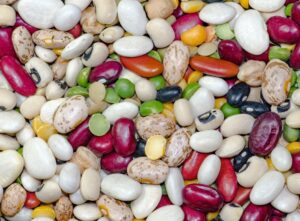 plate.
plate. - Choose whole grains: Choose whole wheat bread, brown rice, whole grain pasta, oats and quinoa over refined grains.
- Choose whole fruits and vegetables instead of juices most of the time.
- Drink plenty of water and keep moving: Fiber absorbs water, so consuming adequate fluids and exercising helps fiber-rich foods move smoothly through your system.
Considerations when using fiber supplements
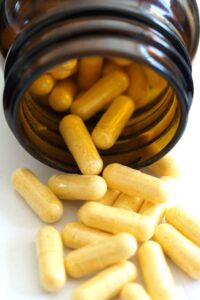
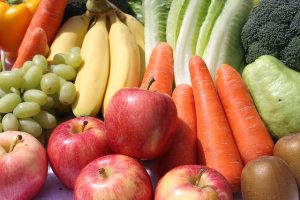 For those who struggle to get enough fiber from whole foods, supplements can be a useful option. While these supplements can help fill in the gaps, they should not replace the fiber found in whole foods. Whole foods provide a variety of fiber types, along with vitamins, minerals, antioxidants, and other important nutrients that supplements cannot replicate.
For those who struggle to get enough fiber from whole foods, supplements can be a useful option. While these supplements can help fill in the gaps, they should not replace the fiber found in whole foods. Whole foods provide a variety of fiber types, along with vitamins, minerals, antioxidants, and other important nutrients that supplements cannot replicate.
Want to learn more? Join a free webinar
 Register for my free webinar on Tuesday, Feb. 25 to learn about the different types of fiber, its role in your health, and how to increase fiber in your diet.
Register for my free webinar on Tuesday, Feb. 25 to learn about the different types of fiber, its role in your health, and how to increase fiber in your diet.
Although this is a pre-recorded webinar and a traditional Q&A will not take place, we will gather people’s questions via a post-webinar survey and respond to them individually. We will also send an email of the recording to all who have registered available in both English and Spanish.

Leave a Reply